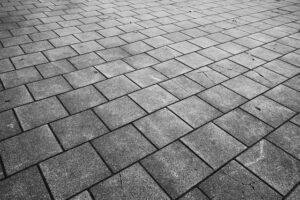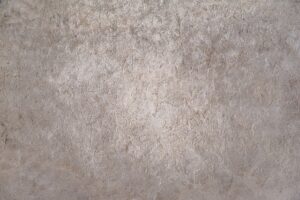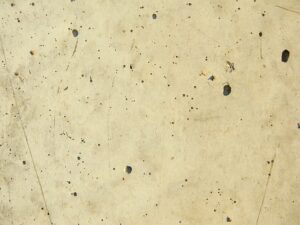Maximizing Durability: The Art of Pouring Concrete with Insulated Concrete Forms (ICFs)
Insulated Concrete Forms (ICFs) are a high-performance building solution that offer enhanced structural integrity, energy efficiency, and resilience a…….

Insulated Concrete Forms (ICFs) are a high-performance building solution that offer enhanced structural integrity, energy efficiency, and resilience against environmental stressors. These precast foam blocks or panels are used as both molds and insulation for poured concrete, resulting in walls that significantly outperform traditional construction methods in thermal performance and durability. ICFs provide a continuous insulation layer that minimizes heat transfer, leading to reduced heating and cooling costs and greater comfort for building occupants. They also serve as a resilient barrier against external factors, making structures more durable and better equipped to withstand natural disasters like earthquakes and high winds. The interlocking design of ICFs supports sustainable construction by lowering the carbon footprint associated with energy use in buildings. ICFs are particularly suited for both above and below-grade applications, ensuring a seamless insulation layer that adheres to modern energy codes and green building standards. When installed correctly—with precise concrete pouring and proper curing techniques—ICFs create a robust and efficient structure that optimizes energy efficiency and safety while fostering a healthier living environment. This construction method aligns with eco-friendly practices and is an excellent choice for those seeking long-term, sustainable building solutions.
Insulated Concrete Forms (ICFs) are revolutionizing the construction industry with their unparalleled durability and energy efficiency. This article delves into the practicalities of using ICFs, from their composition and benefits to a detailed guide on pouring concrete within these forms. We explore the steps involved in installing ICF panels, integrating reinforcement steel, mixing concrete, and ensuring effective placement and proper compaction and curing. The inherent insulating properties of ICFs are also examined, highlighting how they enhance thermal performance and contribute to overall comfort within buildings. Additionally, we provide insights into sealing joints, maintaining ventilation, and the environmental advantages of using ICFs. With case studies showcasing their success, tips for maintenance, and a look at future trends, this article is a comprehensive resource for understanding why ICF construction stands out in sustainable development goals and offers a promising return on investment. Whether you’re a homeowner, contractor, or industry professional, the information presented will equip you with the knowledge to make informed decisions about your next construction project using Insulated Concrete Forms.
- Understanding Insulated Concrete Forms (ICFs) for Durable Construction
- The Composition and Benefits of ICFs in Modern Building
- Step-by-Step Guide to Pouring Concrete into ICF Forms
Understanding Insulated Concrete Forms (ICFs) for Durable Construction
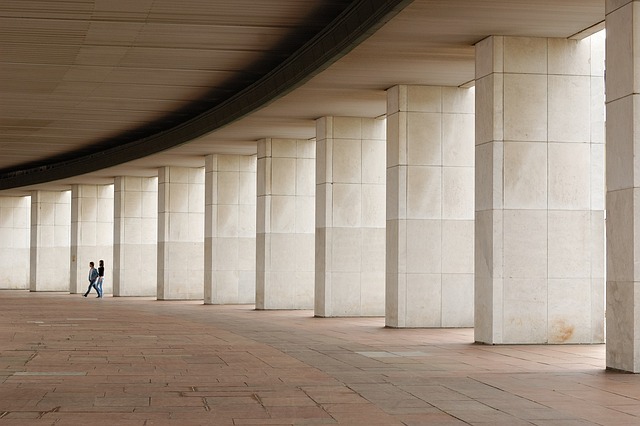
Insulated Concrete Forms (ICFs) represent a significant advancement in the realm of durable construction, offering an alternative to traditional building methods. These forms consist of a system of interlocking foam blocks or panels with integrated formwork and thermal insulation, into which concrete is poured to create strong, energy-efficient walls. The use of ICFs provides several benefits; firstly, they offer superior thermal performance compared to conventional cinder block walls due to the high-quality insulation that reduces heat transfer and enhances the overall energy efficiency of a structure. This aspect is particularly advantageous for both residential and commercial buildings, as it can lead to significant savings on heating and cooling costs over time.
Furthermore, ICFs contribute to the durability of construction by providing exceptional structural integrity. The concrete within the forms cures into a solid, monolithic mass that acts as an effective barrier against environmental factors such as wind, moisture, and temperature extremes. This robustness ensures that the walls remain resilient over the long term, offering protection from natural disasters like earthquakes or high winds. The interlocking nature of ICFs also means they can be used in nearly all types of construction, including above-grade and below-grade applications, providing a continuous insulation layer that minimizes thermal bridging. This not only enhances the comfort of the indoor living space but also plays a crucial role in meeting stringent energy codes and green building standards.
The Composition and Benefits of ICFs in Modern Building
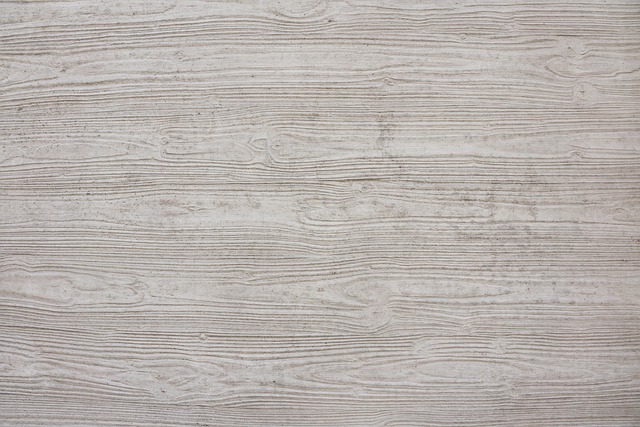
Insulated Concrete Forms (ICFs) represent a significant advancement in modern construction techniques, offering a high-performance building solution that integrates durability with energy efficiency. These forms consist of interlocking foam blocks that are filled with concrete to create structural walls. The expanded polystyrene (EPS) or extruded polystyrene (XPS) insulation within the ICFs provides an R-value that exceeds traditional building materials, significantly reducing heat transfer and resulting in energy savings for the structure’s occupants. The composite nature of ICFs, with their concrete core and foam insulation, delivers walls that are both structurally robust and thermally efficient.
The benefits of using ICFs extend beyond mere thermal performance. They offer exceptional resilience against environmental factors such as wind, moisture, and temperature extremes, ensuring a consistent indoor environment year-round. The interlocking design of the forms also contributes to the structural integrity of the building, providing a monolithic concrete wall that is resistant to seismic activity, hurricanes, and other natural disasters. Additionally, ICFs contribute to a reduced carbon footprint due to their high R-values and longevity, making them an eco-friendly choice for sustainable construction projects. The use of ICFs in modern building not only enhances the energy efficiency and safety of buildings but also promotes a healthier living environment for their future inhabitants.
Step-by-Step Guide to Pouring Concrete into ICF Forms

When constructing with durability and energy efficiency in mind, insulated concrete forms (ICFs) stand out as a superior building solution. These interlocking blocks are filled with concrete to create a structure that boasts both strength and thermal resistance. To effectively pour concrete into ICFs, it’s crucial to follow a detailed, step-by-step process. Begin by carefully setting up your ICFs according to the construction plan, ensuring they are level and properly aligned for a uniform build. Mix the concrete to the appropriate consistency, as overly watery or dense mixtures can compromise the integrity of the final structure. Use a pump if necessary to transfer the mix directly into the forms, filling them incrementally to avoid trapped air pockets. Each layer of concrete should be compacted and smoothed with vibrating screeds to ensure a consistent and dense fill. Allow for adequate curing time, applying moisture as needed to maintain proper hydration levels. This careful approach not only guarantees a solid foundation but also maximizes the thermal efficiency of the insulated concrete form walls, leading to a more sustainable and resilient building structure.
Properly pouring concrete into ICFs requires meticulous attention to detail at each stage. Once the forms are in place, begin by pouring the concrete from the bottom up, ensuring full contact with the inner and outer faces of the blocks. Use a hand float or bull float to smooth the surface, working it gently to eliminate any voids and achieve a flat, even finish. Continue layering the concrete in this manner until the desired height is reached. It’s important to stagger the joints between each form to enhance the structural integrity of the wall. After pouring, give the concrete time to settle and harden. During the curing process, monitor the temperature and humidity to ensure the concrete cures uniformly, which is vital for the long-term durability and performance of the ICF structure. With careful execution of these steps, you can create a robust and energy-efficient building that stands the test of time.
In concluding, the utilization of Insulated Concrete Forms (ICFs) represents a pivotal advancement in durable construction, offering unparalleled thermal performance and resilience against environmental stressors. The step-by-step process of pouring concrete into these forms is straightforward yet yields a structure with superior insulation properties, energy efficiency, and longevity. Homeowners and builders alike can reap the benefits of ICFs, including enhanced comfort, reduced energy costs, and a significantly stronger building envelope. Embracing this innovative construction method not only addresses the needs for sustainable living but also sets a new standard for enduring structures. As such, ICFs stand as a testament to the evolving landscape of modern building practices, offering a future-proof solution in the realm of durable construction.
